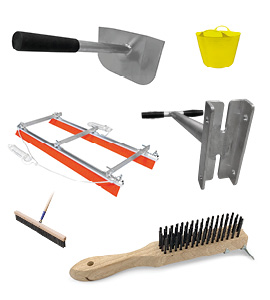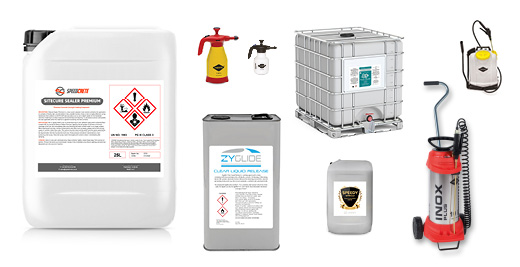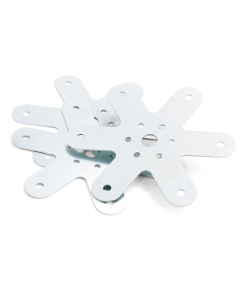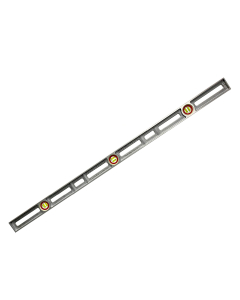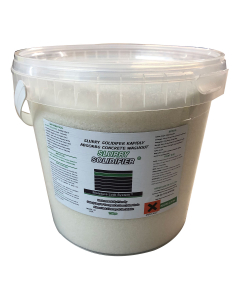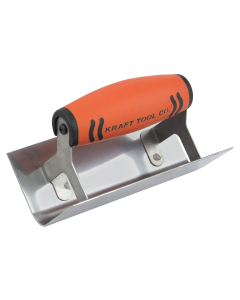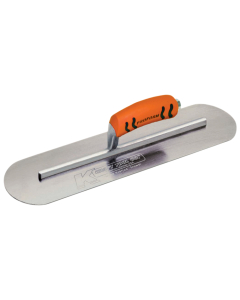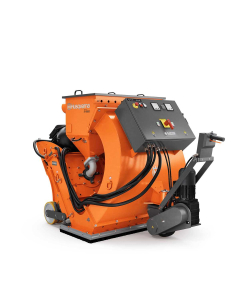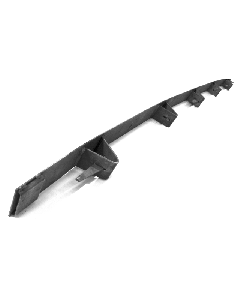

Concrete Flow Test Table
In stock
Concrete Flow Test Table
The flow test is utilized for assessing the workability of high-slump concrete (exceeding 175 mm). This test is conducted in accordance with BS EN 12350-5: Testing Fresh Concrete – Flow Table Test, which supersedes BS 1881: Part 105.
Beyond determining the workability of the concrete, the flow test provides insights into its cohesion. A non-circular spread may indicate a mix prone to segregation, with visible cement paste separating from the aggregate. Additionally, if the mix exhibits bleeding, a clear ring of water may form around the concrete after a few minutes.
The Test Process
The test involves a 700 mm square flow table, which is hinged to a rigid base and equipped with a stop that allows the far end to be raised by 40 mm. A truncated cone, similar to the one used in slump testing, is filled with concrete in two layers. Each layer is compacted by tamping 10 times with a specialized wooden bar. The excess concrete is removed to ensure the surface is level with the top of the cone, and any spillage on the exterior is cleaned off.
Once the cone is carefully lifted, the concrete flows outward onto the table. The flow table is then raised until it reaches the stop and is allowed to drop freely 15 times, facilitating further spread of the concrete into an approximately circular shape. The flow diameter is determined by measuring the average of the maximum diameter of the concrete spread and the diameter at a right angle to it.





